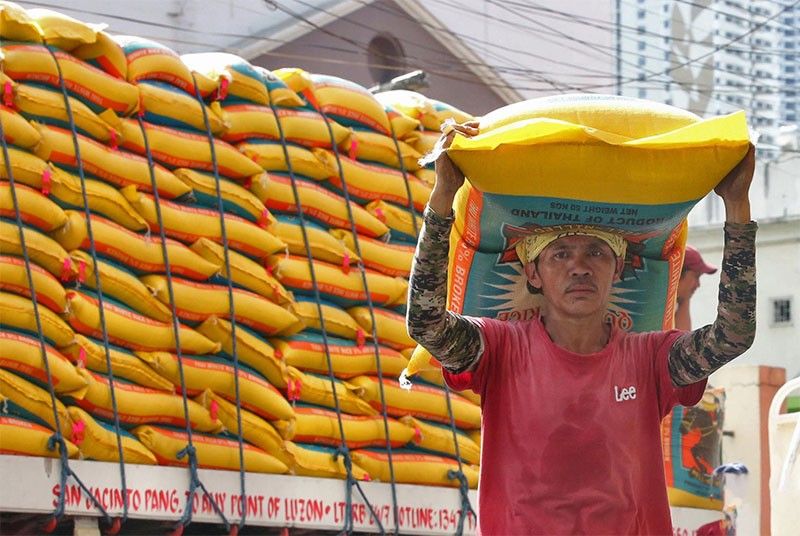NEDA defends rice tariff cut

MANILA, Philippines — The National Economic and Development Authority (NEDA) yesterday defended the recent government move to cut the tariff on imported rice, which has been opposed by farmers’ groups, saying this is necessary to dampen the impact of rising world market prices of the grain on domestic prices.
NEDA Secretary Arsenio Balisacan told reporters the lowering of the tariff on both in- and out-quota imported rice to 15 percent from 35 percent, approved by the NEDA Board last week, is intended to temper price increases of the staple as world market prices of rice, which have been rising since July last year, continue to go up.
He said the rising world market prices are also being reflected in the local markets and tariffs imposed on rice imports have an effect of increasing the price further.
Based on Balisacan’s computations, the landed cost of rice with 35 percent tariff is P50.95 per kilo. Without the tariff, he said the rice price would be at P37 per kilo.
“So, obviously, if you reduce the tariff while world prices are increasing, that will dampen the effects of world rice price increases on our local markets,” he said.
He said it would be irresponsible not to temper price increases.
“It’s the decision of the NEDA Board. It’s composed of the Cabinet secretaries and the President,” Balisacan said. “It’s to address not only the high prices of food, rice, but also to address inflation.”
He also said the 15 percent tariff still provides protection to local farmers.
The World Bank’s commodities price data dated June 4 this year showed the average price of Vietnamese five percent broken rice was at $568 per metric ton in May, down from $571.5 per metric ton in April, while the average rate for Thai five percent broken rice was at $628 per metric ton in May, higher than the previous month’s $592 per metric ton.
Vietnam is the country’s top supplier of rice imports in the January to May period, followed by Thailand, according to the Bureau of Plant Industry.
“If the forecasters, the world, the futures market are correct, or will be realized, then we should see the tapering of this price increases soon, by around September. So, by that, by then, you will see, you will feel it in domestic prices,” Balisacan said.
He said what the government wants is to have rice inflation be close to overall inflation.
- Latest
- Trending





























